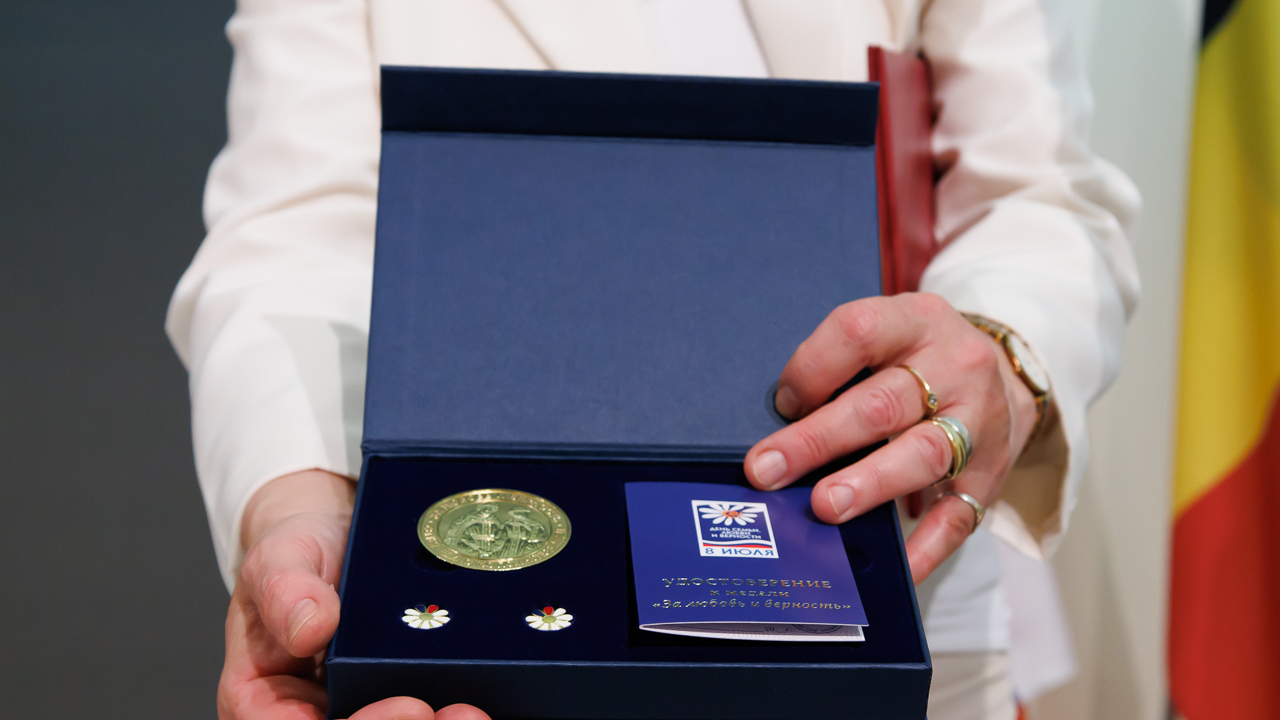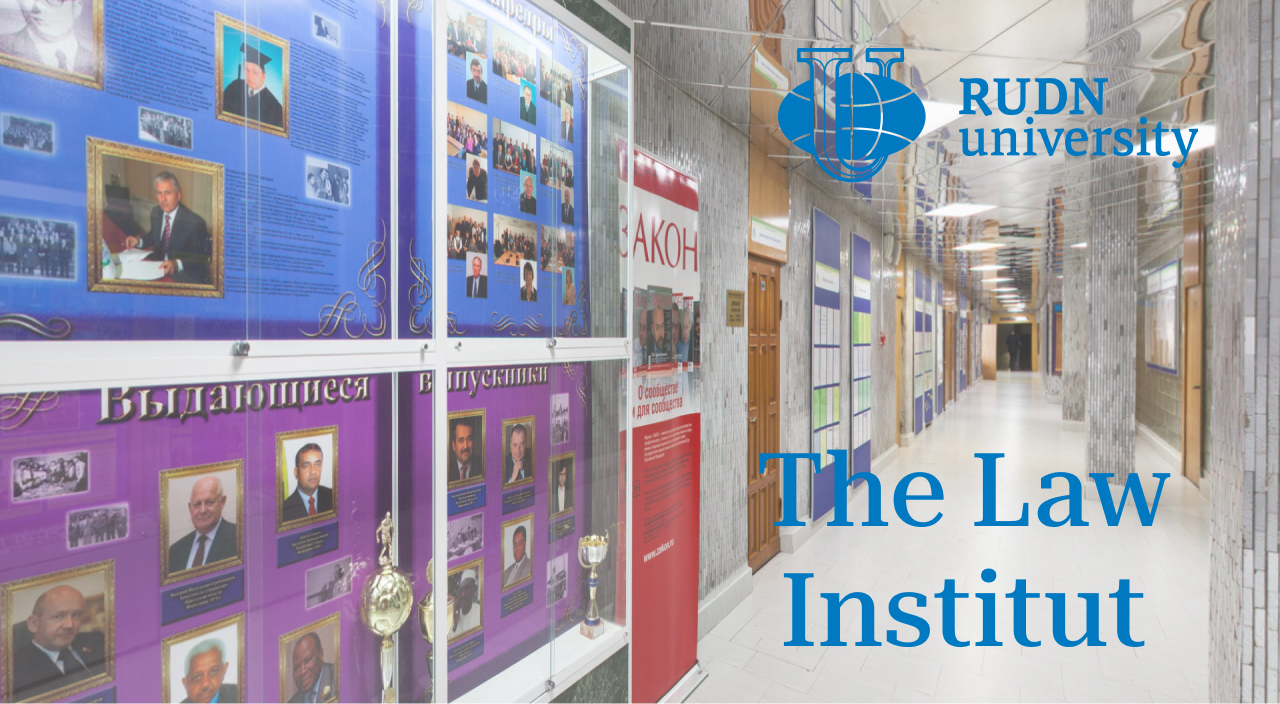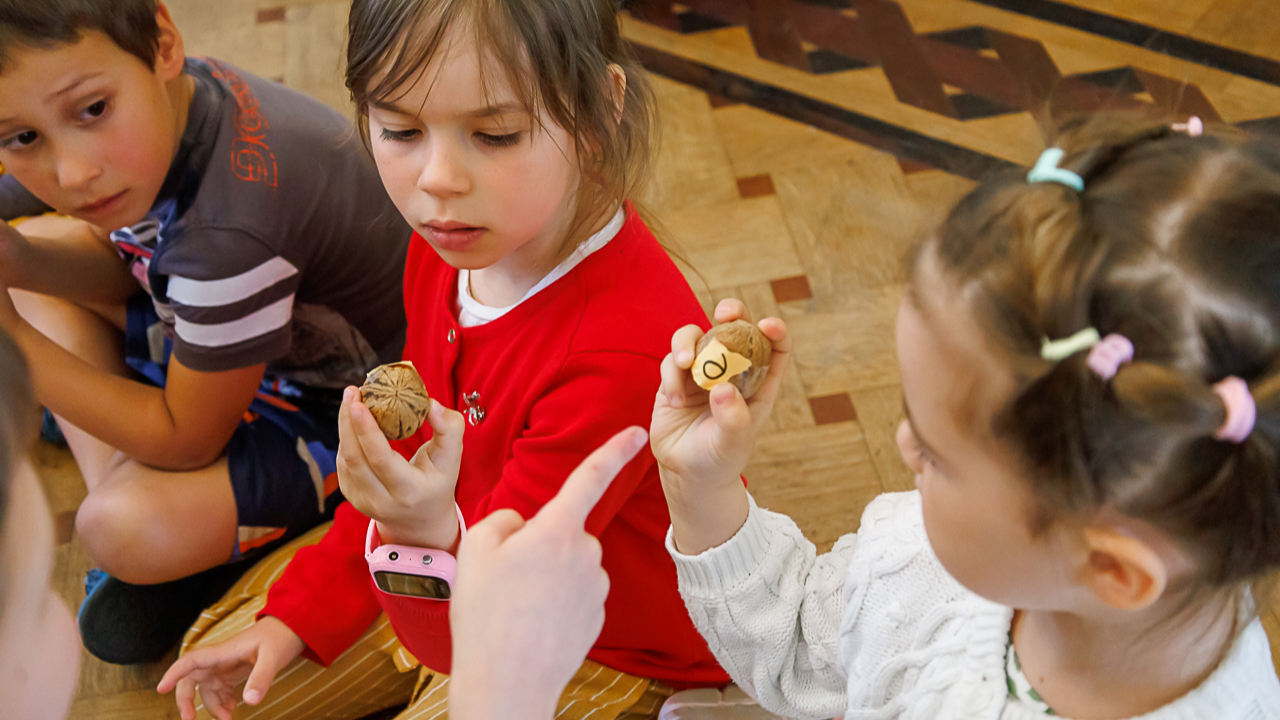Russian composer, virtuoso pianist, and conductor.
Rachmaninoff is widely considered one of the finest pianists of his day and, as a composer, one of the last great representatives of Romanticism in Russian classical music. Early influences of Tchaikovsky, Rimsky-Korsakov, and other Russian composers gave way to a thoroughly personal idiom notable for its song-like melodicism, expressiveness and rich orchestral colours.
The piano is featured prominently in Rachmaninoff’s compositional output and he made a point of using his skills as a performer to fully explore the expressive and technical possibilities of the instrument.
Born into a musical family, Rachmaninoff took up the piano at the age of four. He studied with Anton Arensky and Sergei Taneyev at the Moscow Conservatory and graduated in 1892, having already composed several piano and orchestral pieces. In 1897, following the disastrous premiere of his Symphony No. 1, Rachmaninoff entered a four-year depression and composed little until successful supportive therapy allowed him to complete his enthusiastically received Piano Concerto No. 2 in 1901. In the course of the next sixteen years, Rachmaninoff conducted at the Bolshoi Theatre, relocated to Dresden, Germany, and toured the United States for the first time.
Following the Russian Revolution, Rachmaninoff and his family left Russia, and in 1918 they settled in New York City. With his primary source of income coming from performances as a pianist and a conductor, Rachmaninoff had little time to compose. Because of this, he completed just six works between 1918 and 1943, including the Rhapsody on a Theme of Paganini, Symphony No. 3, and Symphonic Dances.
Upcoming Events
Subscribe And Get Our Weekly Newsletter Delivered To Your Inbox !




